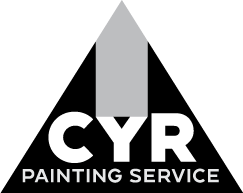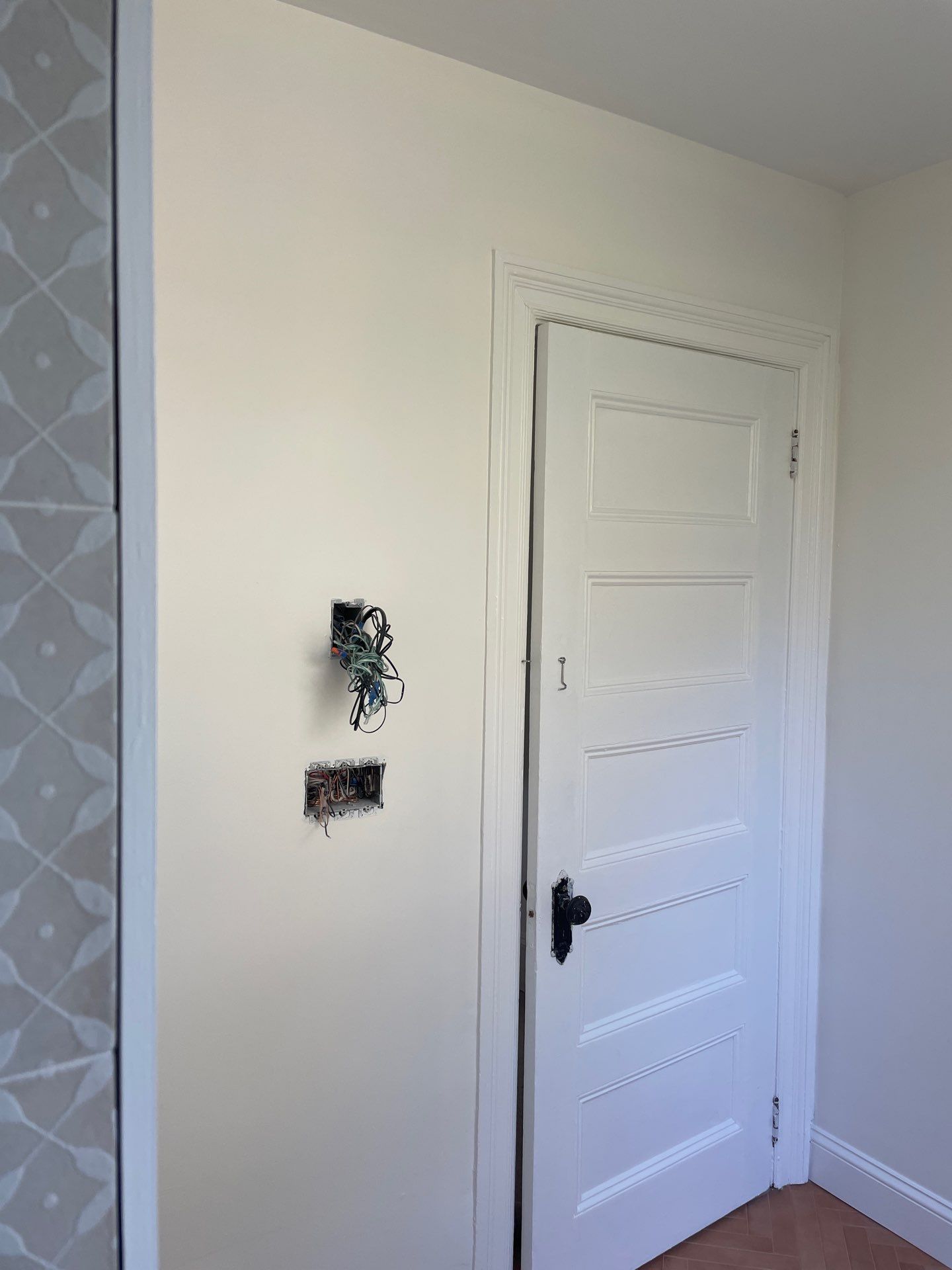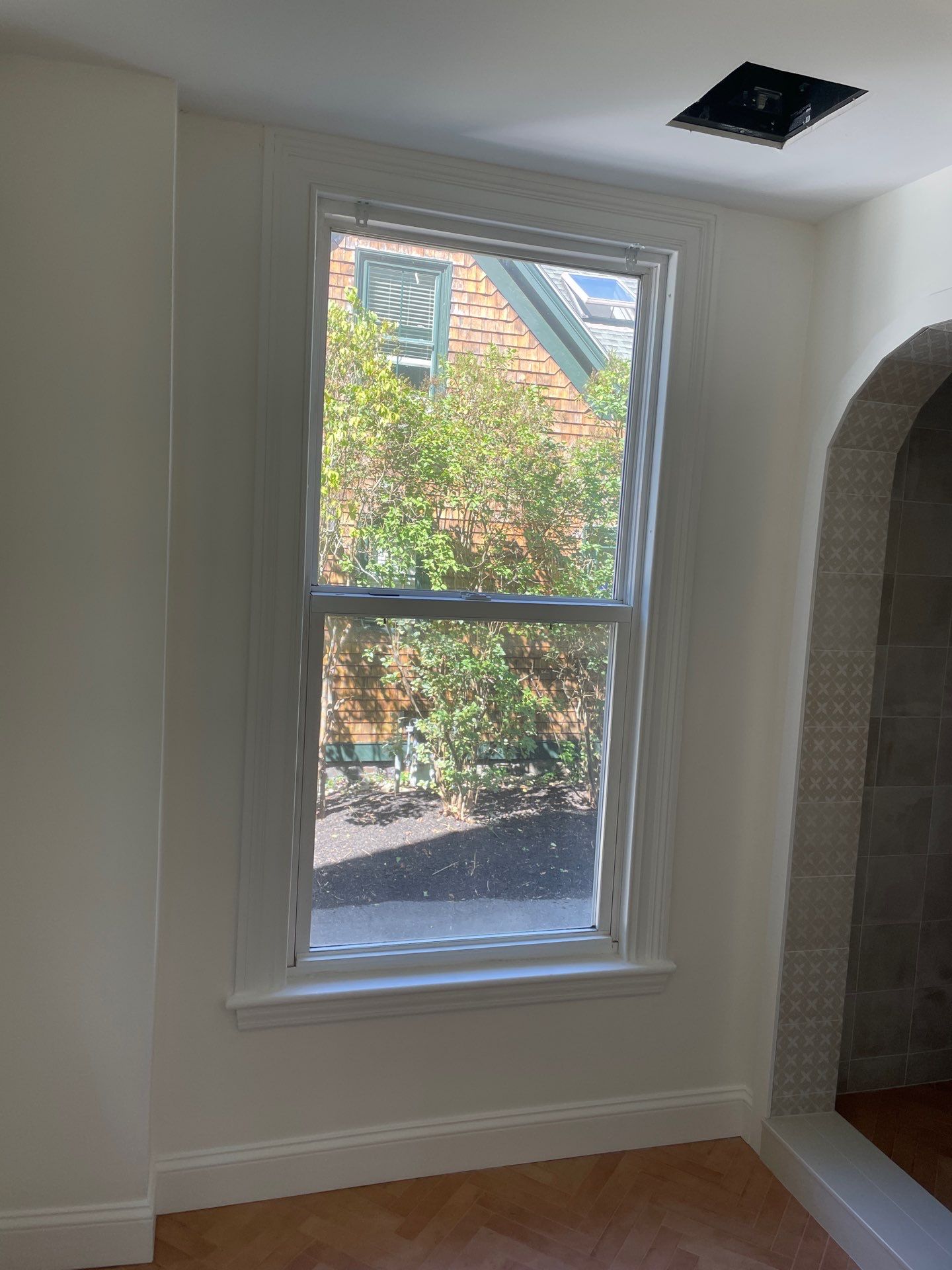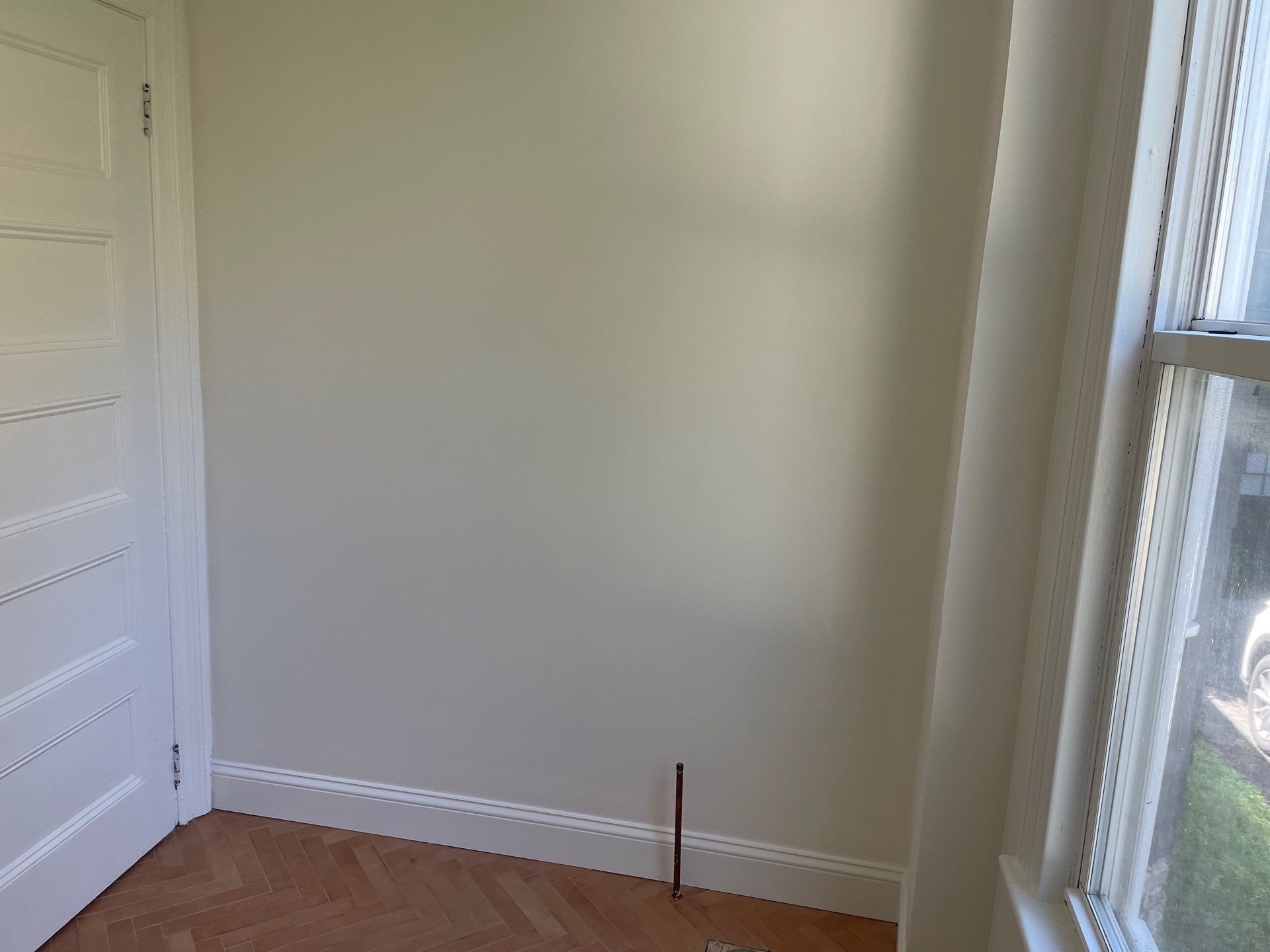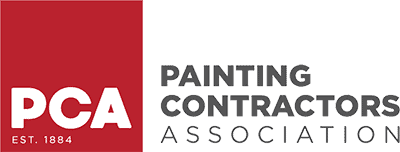Paint cracks are more than just an eyesore—they signal weaknesses in the paint film and the underlying substrate. Preventing paint cracks requires a combination of proper surface preparation, selecting quality paint products, controlling environmental conditions during application, and applying paint correctly. Ignoring these steps can result in peeling, flaking, or premature repainting, all of which increase maintenance costs and compromise wall aesthetics.
Understanding how paint cracks form and how to prevent them is crucial for homeowners, property managers, and commercial building operators alike.
This article explores scientifically backed and professional techniques to ensure long-lasting paint films, including surface prep strategies, product recommendations, environmental controls, and maintenance practices that significantly reduce the likelihood of cracking.
Understanding Why Paint Cracks Happen: The Basics
Paint cracks occur when the paint film cannot accommodate stress caused by substrate movement, environmental changes, or internal weaknesses in the paint itself. The main contributing factors include:
-
Inadequate surface preparation (dirt, grease, old peeling layers).
-
Environmental stress, such as humidity fluctuations, temperature swings, or poor ventilation.
-
Low-quality or incompatible paint products.
-
Structural movement of walls, wood, or plaster substrates.
Paint films form a thin, cohesive layer on the substrate. As the paint dries, solvents evaporate, binders solidify, and pigments become locked in place. If the substrate expands or contracts faster than the paint can flex, paint cracks appear. Similarly, improper adhesion or poor-quality binders reduce the paint’s ability to withstand mechanical stress, leading to fissures, checking, or alligatoring patterns.
Proven Surface Preparation Methods to Prevent Cracking
Cleaning and Repair
Proper surface preparation is the foundation of crack-free paint. Begin by removing contaminants such as dust, grease, mold, or old peeling paint. Dirt and residues create weak points where paint fails to adhere, making paint cracks more likely.
Repairing substrate imperfections is equally important. Fill cracks and holes with suitable patching compounds, and sand rough patches for a smooth profile. Moisture testing should follow; damp surfaces or high moisture content in drywall or wood will cause blistering and subsequent cracking if painted over.
Product tip: Use Zinsser® Bulls Eye 1-2-3® for sealing repaired drywall, or Benjamin Moore® Fresh Start® for wood surfaces to stabilize the substrate and enhance adhesion.
Priming Best Practices
Primers serve as a bridge between substrate and topcoat, sealing porous surfaces and improving paint adhesion. Correct primer selection depends on the substrate:
| Substrate | Recommended Primer | Benefit for Crack Prevention |
|---|---|---|
| Drywall | Zinsser® Bulls Eye 1-2-3® | Creates uniform surface energy, prevents blotching |
| Plaster | KILZ® PVA Primer | Seals chalky surfaces, reduces expansion stress |
| Wood | Benjamin Moore® Fresh Start® | Stabilizes tannin-rich woods, prevents peeling |
| Concrete/Masonry | Loxon® Concrete & Masonry Primer | Neutralizes alkaline surfaces, enhances flexibility |
Primers not only improve adhesion but also reduce the risk of paint cracks by creating a stable, uniform base for subsequent coats.
Selecting Quality Paint Products Designed to Resist Cracking
Paint Types and Their Flexibility
Not all paints respond equally to substrate movement and environmental stress. Acrylic latex paints provide flexibility and excellent adhesion for interior walls. Alkyd or oil-based paints offer durability but are less forgiving on substrates that expand or contract. Elastomeric paints are highly flexible, making them ideal for areas prone to movement or humidity fluctuations.
Additives such as flexibilizers, UV stabilizers, and anti-cracking agents further improve the paint film’s ability to resist stress. These products allow the paint to stretch and recover rather than crack.
VOC and Low-Odor Paints That Don’t Compromise Durability
Many homeowners opt for low-VOC or zero-VOC paints for health reasons. Modern formulations, such as Behr Premium Plus Ultra® and Sherwin-Williams® Duration Home®, maintain flexibility and adhesion, minimizing the risk of paint cracks even in eco-friendly, low-odor options.
Environmental and Application Controls to Minimize Cracks
Controlling Humidity and Temperature
Environmental factors have a significant impact on paint cracks. Ideal indoor conditions include temperatures between 18–25°C (65–77°F) and relative humidity of 40–50%. High humidity slows drying, increasing the risk of blistering and cracking, while low humidity can cause rapid drying and shrinkage.
Temperature swings or improper ventilation exacerbate stress on the paint film, particularly in rooms exposed to direct sunlight or heating/cooling cycles. Maintaining controlled environmental conditions during painting is essential to preventing paint cracks.
Application Techniques That Promote Strong, Flexible Paint Films
Proper application methods reduce the risk of cracking. Thin, uniform coats allow controlled solvent evaporation and prevent excessive film thickness. Paint should be mixed thoroughly, and application tools—brush, roller, or spray—should be chosen based on surface type and paint formulation.
Allow sufficient drying time between coats. Overlapping wet-on-wet layers or applying excessively thick coats increases internal stress, leading to paint cracks. Avoid painting near windows with direct sunlight or rooms with high airflow, which can dry the paint too quickly.
Service-Specific Best Practices
Professional Surface Assessment and Prep
Certified painting contractors employ tools like moisture meters, hygrometers, and thermal imaging cameras to detect hidden issues that could cause paint cracks. They assess the substrate for movement, moisture intrusion, or previous paint failure layers and recommend corrective actions before painting.
Expert Paint Selection and Application
Professional painters select products that suit the substrate and environmental conditions, including flexible topcoats and appropriate primers. They follow manufacturer guidelines for application, ensuring drying times, thickness, and environmental conditions are optimal. Many services offer warranties on both products and workmanship, protecting against future paint cracks.
Maintenance Tips to Prolong Paint Life and Prevent Cracks
Routine maintenance extends the lifespan of interior paint and prevents paint cracks from forming:
-
Inspect walls regularly for early signs of cracking.
-
Maintain consistent indoor humidity using ventilation systems or dehumidifiers.
-
Clean painted surfaces gently; abrasive scrubbing can damage the paint film.
-
Touch up minor cracks promptly to prevent them from expanding.
Environmental and Application Controls to Prevent Paint Cracks
| Factor | Risk | Recommended Control |
|---|---|---|
| High humidity | Blistering, slow drying | Dehumidifiers, HVAC control |
| Low humidity | Rapid drying, shrinkage | Spray misting or slower drying formulations |
| Temperature swings | Film stress, cracking | Maintain steady indoor temperature |
| Thick coats | Internal tension | Apply multiple thin coats |
| Direct sunlight | Uneven drying | Paint shaded areas or schedule off-peak hours |
People Also Asked (PAA)
-
What is the best way to prevent paint from cracking on walls? Proper surface prep, primer, flexible paint, and environmental control.
-
Can humidity cause paint to crack inside the house? Yes; high or fluctuating humidity stresses the paint film.
-
How long does paint usually last without cracking? Properly applied paint can last 10–15 years.
-
Does applying more coats prevent cracking? Only if each coat is thin and fully dried.
-
What type of primer prevents paint cracking? Surface-specific primers like Zinsser® Bulls Eye 1-2-3® or KILZ® PVA Primer.
-
Can I prevent cracks by using elastomeric paint? Yes, elastomeric paints are highly flexible and resist cracking.
-
How do professional painters prevent cracks? Through substrate assessment, primer selection, environmental control, and proper application techniques.
-
Is surface prep really that important for preventing paint cracks? Absolutely; most cracking originates from inadequate surface preparation.
Common Mistakes That Lead to Paint Cracking and How to Avoid Them
-
Painting over dirty or damp surfaces.
-
Using cheap or inappropriate paint types.
-
Ignoring recommended drying times between coats.
-
Over-thinning or applying paint too thickly.
-
Skipping primer or using the wrong primer.
Avoiding these mistakes is critical. Each misstep increases the likelihood of paint cracks forming prematurely.
Conclusion
Preventing paint cracks requires a comprehensive approach: quality materials, proper surface preparation, controlled environmental conditions, and correct application techniques. Homeowners and property managers can dramatically extend paint life and maintain attractive, durable walls by:
-
Cleaning, repairing, and priming substrates.
-
Selecting flexible, high-quality paints.
-
Controlling temperature and humidity during and after painting.
-
Scheduling professional assessments for tricky or high-risk surfaces.
By following these proven methods, you can protect your walls from paint cracks and reduce long-term maintenance costs. For optimal results, consult with certified painting professionals who offer surface assessments, product guidance, and guaranteed application services.
